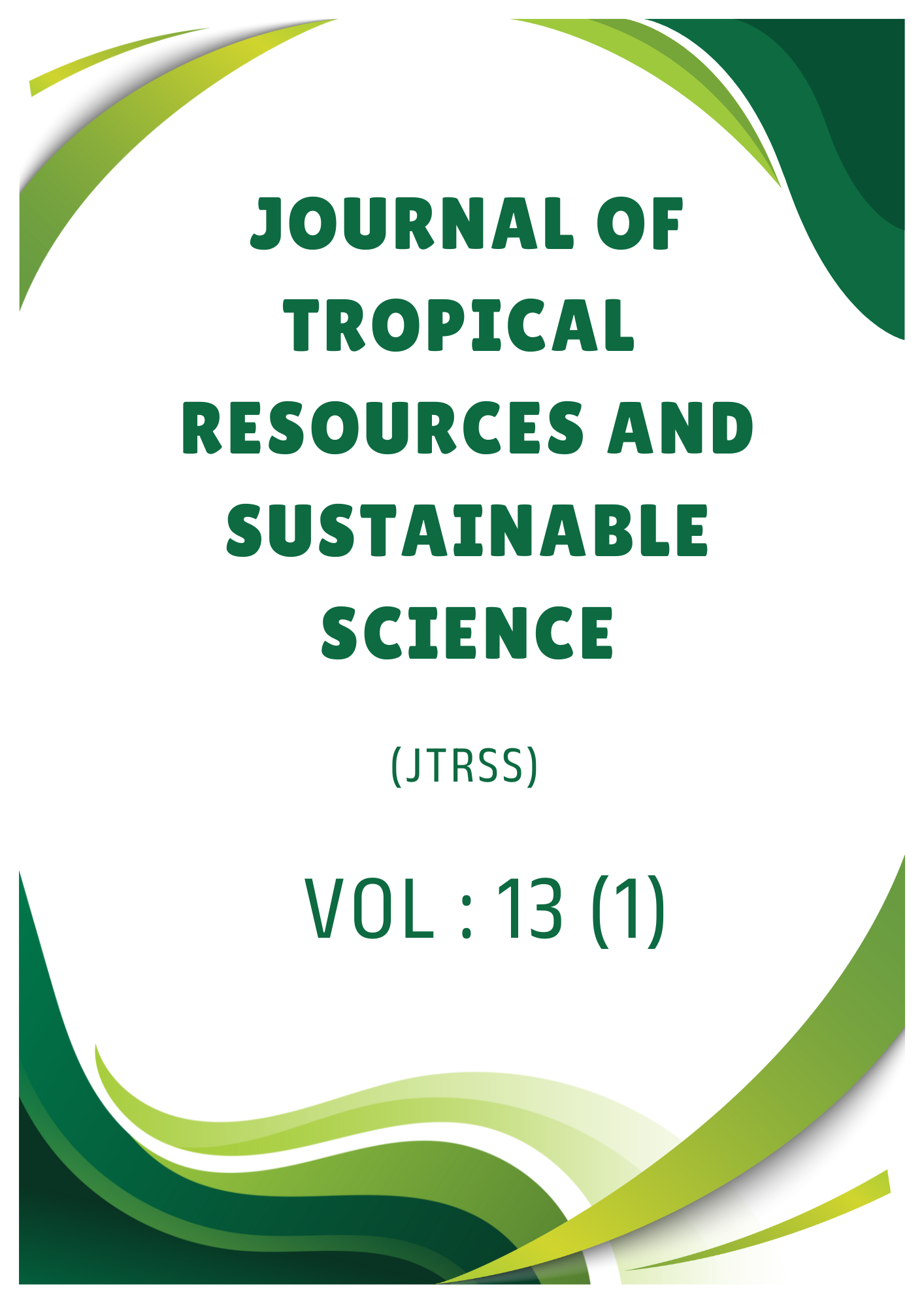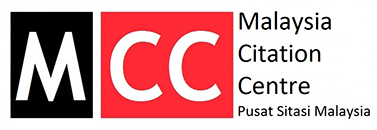A Systematic Review of Empty Pesticide Container (EPC) Practices and Associated Factor in Agriculture Sector
DOI:
https://doi.org/10.47253/jtrss.v13i1.1259Keywords:
pesticide packaging waste, agriculture waste, farmers, agriculture sector, environmental effectAbstract
This systematic literature review explores the current state of empty pesticide container (EPC) disposal practices among farmers and the factors influencing these practices. The review identified 34 research articles and official reports that examined EPC disposal methods in the agricultural sector. The findings revealed that leaving empty containers at the farm and throwing them in irrigation canals were common disposal practices in several countries, posing environmental risks. Recycling and selling EPC were less prevalent, highlighting the need for improved infrastructure and awareness. Factors such as age, education, knowledge, training, facilities, and government regulations were found to influence farmers' disposal practices. The review underscores the importance of education, training, awareness campaigns, and supportive policies in promoting proper EPC disposal. Future research should address the identified limitations and explore the environmental and health impacts of different disposal methods in diverse contexts.







